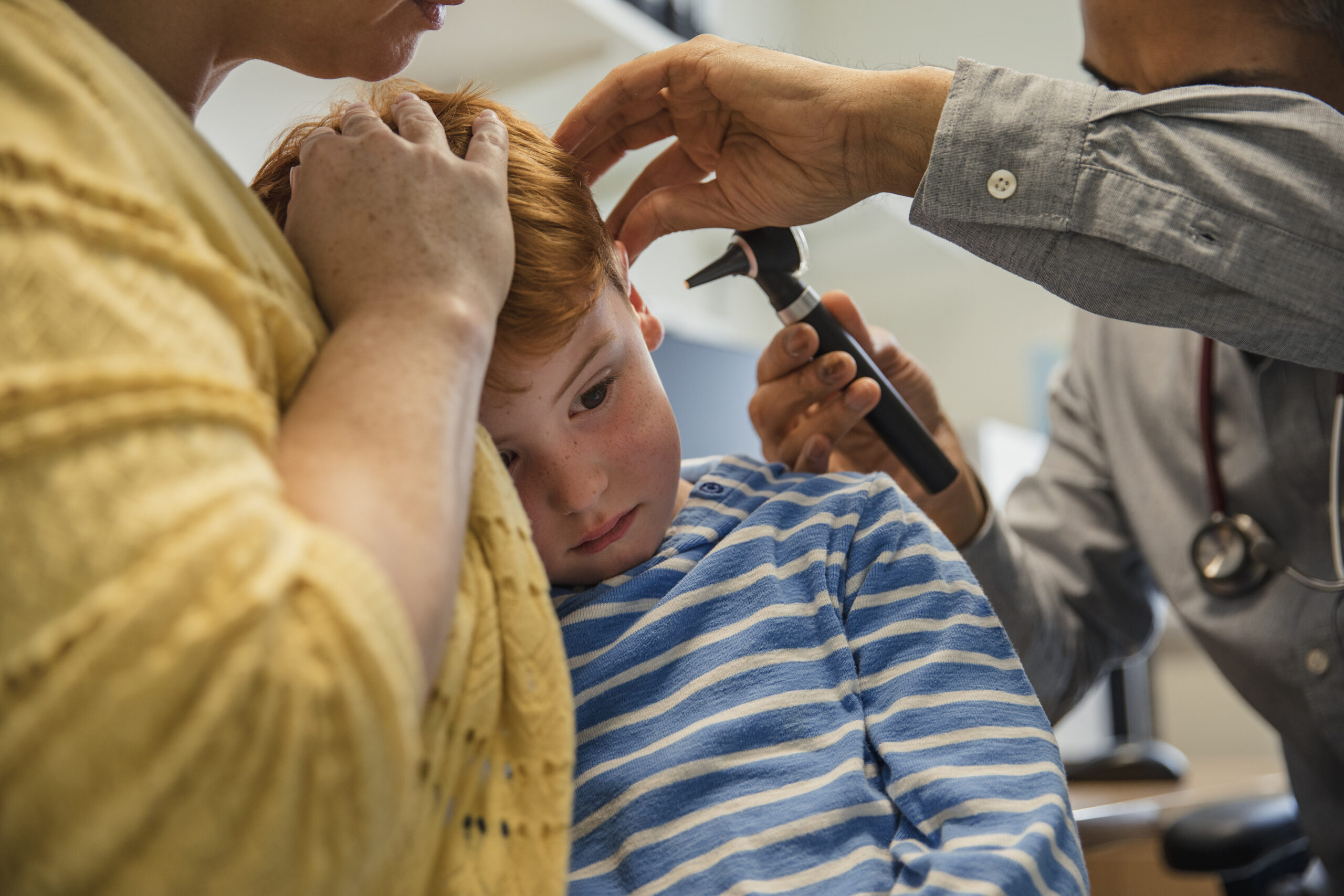Background
Although rates of childhood lead poisoning in New York have steadily declined since 1998, childhood lead poisoning remains a significant public health problem, where rates outside of New York City remain above national averages. New York State also consistently ranks high on key risk factors associated with lead poisoning, including many young children living in poverty, a large immigrant population, and an older, deteriorated housing stock.
Since 1993, New York State’s lead poisoning regulations have included a Notice and Demand (N&D) component that requires property owners to address lead hazards to prevent exposure. After inspecting a unit for lead-based paint hazards (including deteriorated lead paint and contaminated dust and bare soil), the local health department can issue a written N&D, which outlines the lead-based hazards present and requires owners to submit a corrective work plan within a fixed number of days. The Commissioner of Health or a designated representative determines the location and methods of controlling the hazards. Property owners are responsible for complying with federal, state, and local laws governing building construction, housing, worker health and safety, and disposal of lead-containing wastes and must provide documentation showing their compliance upon request. Individuals who fail to remedy issues within the specified time frame may face fines or prosecution.
Primary Prevention Program
The state-funded New York State Childhood Lead Poisoning Primary Prevention Program (NYS CLPPPP) was established in 2007 (under New York State Public Health Law1370-a [3]) to combat New York’s high rates of childhood lead poisoning through primary, rather than secondary, prevention methods.
Unlike most other existing lead programs, the NYS CLPPPP takes action to reduce lead hazards in housing units before a child’s blood lead-level exceeds federal standards. Under the program, local health departments receive funds to find and correct lead hazards in homes where children could be at risk. The New York State Department of Health (NYSDOH) is responsible for:
- Coordinating with local health departments to implement the NYS CLPPPP and identifying housing at greatest risk of lead-based paint hazards;
- developing partnerships and engaging with communities to promote primary prevention;
- Promoting interventions to create lead-safe housing units;
- Building workforce capacity to implement lead-safe work practices; and
- Identifying community resources for lead-hazard control.
The New York State Department of Health uses surveillance data to find communities in the state with a high burden of childhood lead poisoning, then provides grants to local health departments in these communities to implement approved primary prevention programs.
Grantees are required to establish a housing inspection program that prioritizes units for inspections, corrects identified hazards using lead-safe work practices, and provides appropriate oversight of remediation work and clearance by certified inspectors. Grantees are also required to perform additional primary and secondary prevention actions beyond applicable Notice & Demand requests. If a child under the age of six in an inspected unit has not received required blood lead tests, the grantee is required to refer them to a primary care provider or local health department lead prevention program for follow-up. Grantees must also collect and report data to the NYSDOH to aid in continued program evaluation.
Although the NYS CLPPPP does not provide funding to property owners for repairing identified hazards, grantees coordinate available financial and technical resources to assist property owners with remediation and must also develop and implement lead-safe work practices training for property owners, contractors and residents. Previous NYS CLPPPP evaluation reports have identified this lack of funding for required repairs as a primary barrier to timely remediation in N&D cases, making this grantee task essential to the overall success of the program.
Lastly, grantees are required to develop formal partnerships and agreements with other county and municipal agencies/programs—possibly including code enforcement offices, local housing agencies, HUD Lead Hazard Control grantees, weatherization programs, and community groups. As a result, nearly one-third of all inspections in 2015 were conducted by staff of a code enforcement agency, not local health department officials.
Results
In the first eight years of the program, grantees visited and inspected the interiors of 37,731 homes, impacting over 23,000 children, and have cleared 75 percent of the units found to have at least one confirmed or potential interior lead hazard (roughly a third of the units inspected).
Over this same time frame, the state has invested $52.76 million in the program, equating to roughly $4,800 for each of the 11,020 children living in homes with confirmed or potential lead hazards (not including the homes into which other children will move in the future).
From 2007 to 2015, the percentage of children tested with confirmed blood lead levels (BLLs) greater than 10 µg/dL in New York dropped from 0.99 percent to 0.47 percent. Rates have dropped among both children tested in New York City and Upstate New York; however, the rates of children tested with confirmed elevated BLLs remains over three times higher in Upstate New York compared to New York City (0.91 percent versus 0.29 percent). Overall, rates dropped from 1.45 percent to 0.91 percent from 2007 to 2015 in Upstate New York and 0.68 percent to 0.29 percent in New York City.
_______________________________________________
In August, 2017, the Health Impact Project, a collaboration between the Robert Wood Johnson Foundation (RWJF) and Pew Charitable Trusts released: Ten Policies to Prevent and Respond to Childhood Lead Exposure. The Trust for America’s Health (TFAH), National Center for Healthy Housing (NCHH), Urban Institute, Altarum Institute, Child Trends and many researchers and partners contributed to the report. TFAH and NCHH worked with Pew, RWJF and local advocates and officials to put together the above case study about lead poisoning and prevention initiatives.
The case study does not attempt to capture everything a location is doing on lead, but aims to highlight some of the important work.








